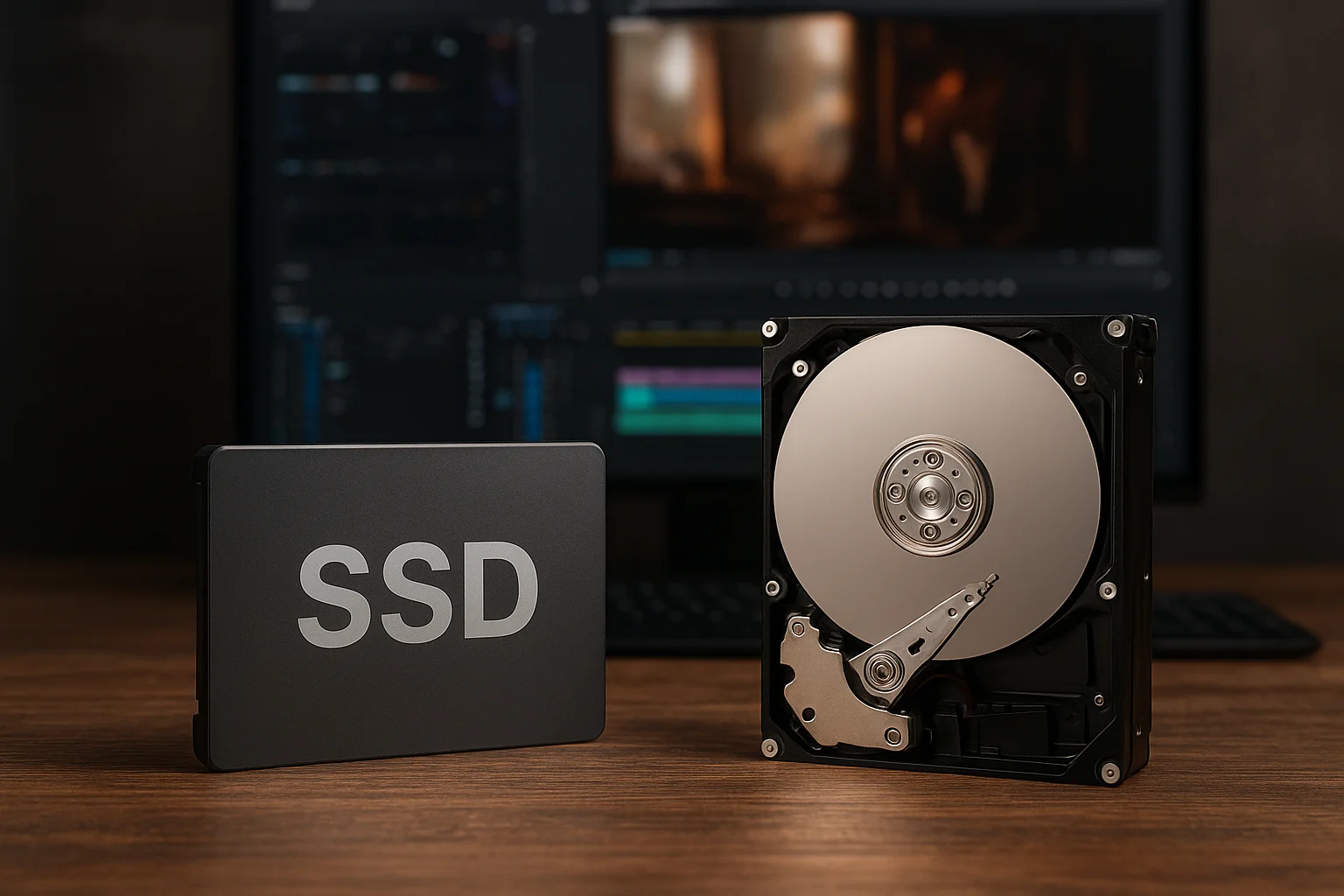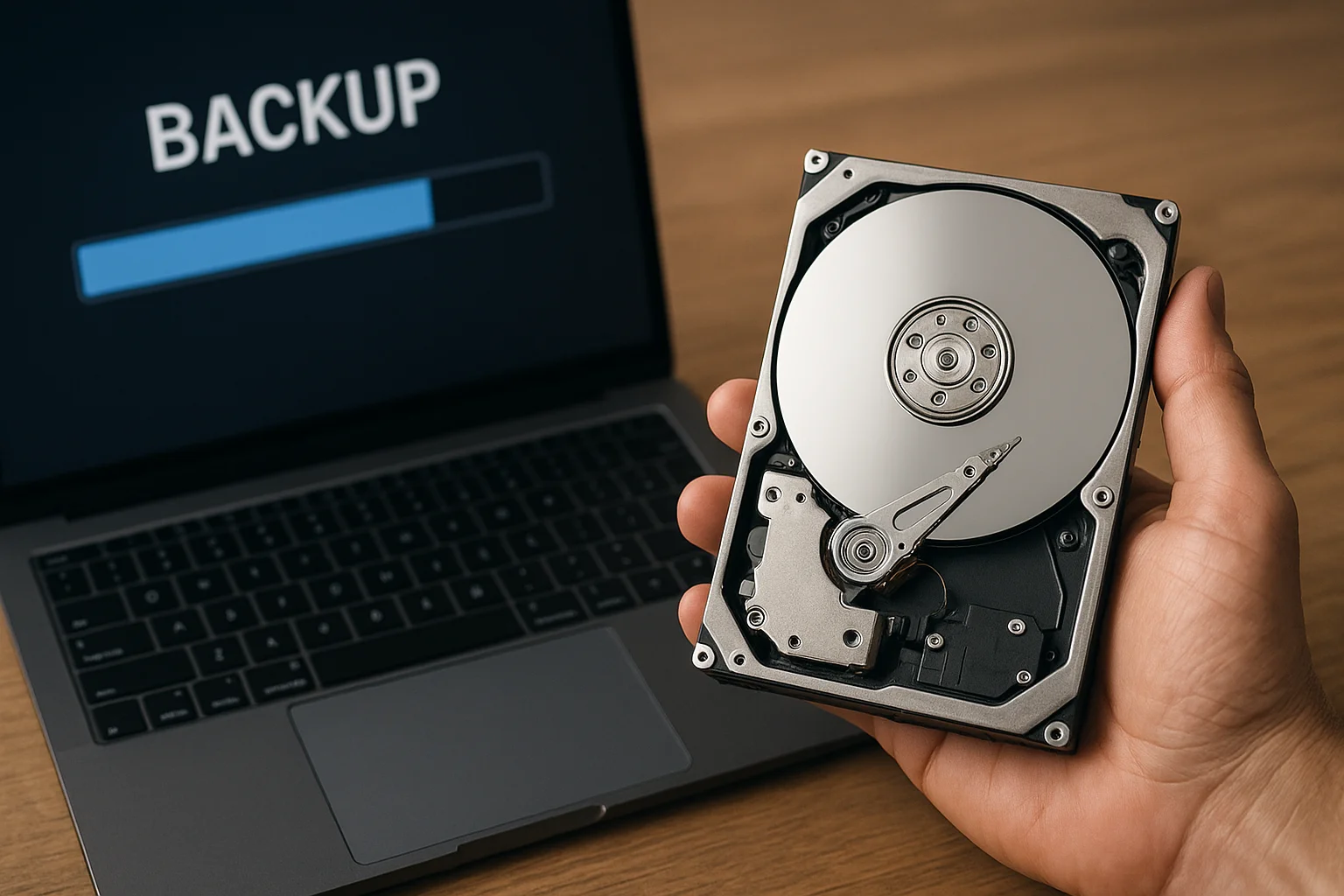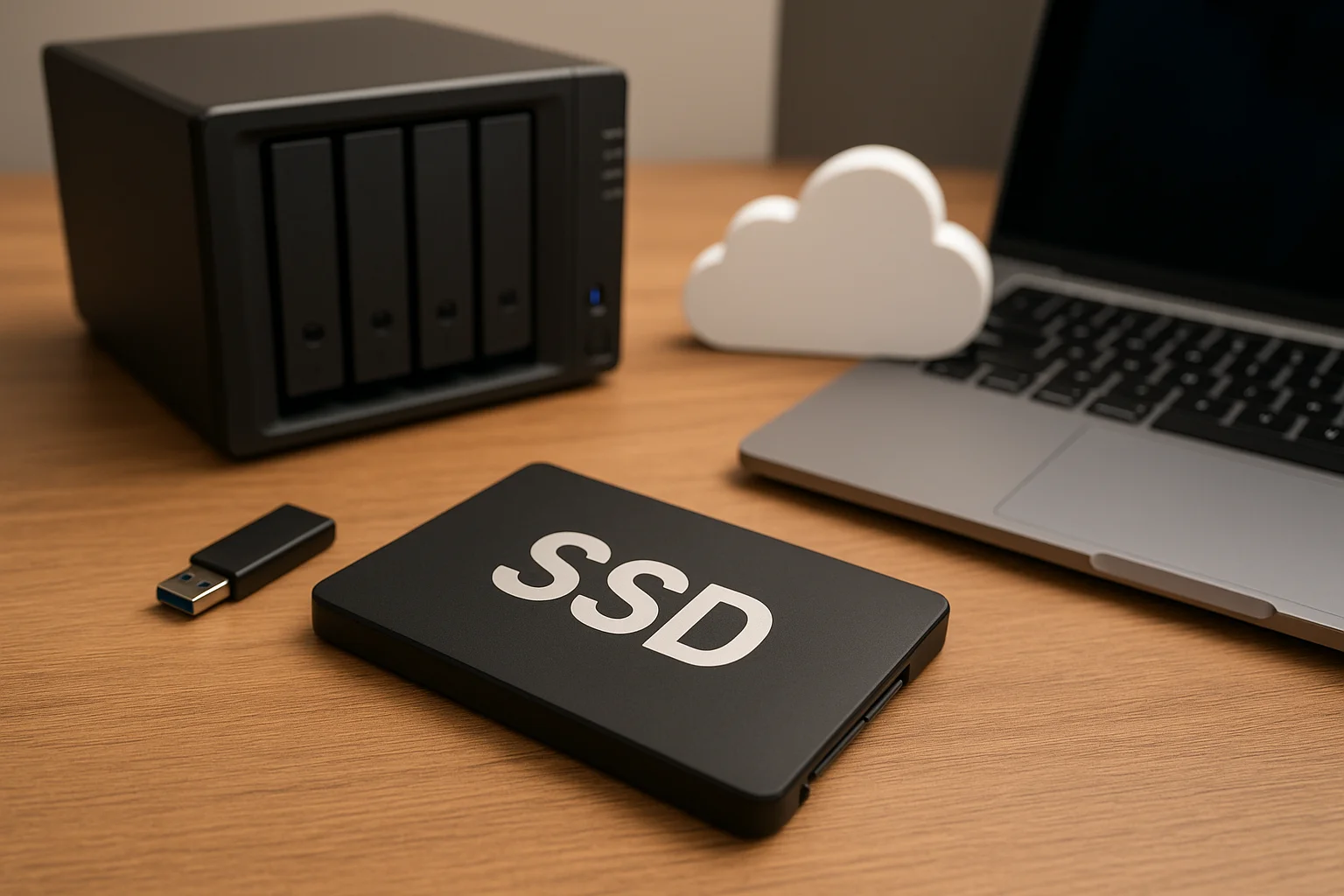From Flash to the Future: Why Traditional Memory Is Hitting Its Limits
For decades, NAND flash and DRAM have been the backbone of storage and working memory in computing systems. However, the industry now faces clear physical and economic limits: scaling challenges as feature sizes approach atomic dimensions, increasing error rates, and rising energy costs for refresh and wear management. These issues are not abstract — they translate into concrete operational constraints such as shorter device lifetimes for flash, the need for complex error correction, and significant energy draw for DRAM refresh in large data centers.
Understanding why new non-volatile memories matter requires seeing them as more than "faster flash." MRAM (Magnetoresistive RAM) and ReRAM (Resistive RAM) offer distinctive tradeoffs that address specific pain points:
- Endurance - both technologies promise far higher write endurance than many flash technologies.
- Non-volatility - they retain data without power, enabling instant-on behaviors and reducing standby power.
- Latency and energy - lower read/write latency and reduced energy per operation can significantly improve performance-per-watt.
These properties make MRAM and ReRAM attractive not only for mobile and edge devices but also for storage-class memory, firmware storage, and microcontroller non-volatile scratchpad use. Keep in mind that each technology also brings its own limitations and integration challenges, which the following sections detail.
Inside MRAM: How Magnetic Memory Redefines Speed and Endurance
How MRAM Works
MRAM stores bits using the relative orientation of magnetic layers in a magnetic tunnel junction (MTJ). A bit is represented by parallel or antiparallel magnetic states which change electrical resistance. Switching is achieved either by magnetic fields (older approaches) or by spin-transfer torque / spin-orbit torque in modern MRAM, enabling compact, scalable cells.
Key Strengths and Practical Implications
MRAM's main strengths are practical and immediately actionable:
- High endurance - MRAM cells tolerate a very large number of write cycles, making them suitable for frequent-write applications such as caching or logging.
- Fast access - Read/write latencies approach DRAM in some MRAM variants, enabling low-latency persistence for critical state.
- Simple power model - because MRAM is non-volatile, systems can eliminate complex refresh logic, simplifying firmware and reducing energy in standby modes.
For designers, MRAM can be dropped into existing memory hierarchies to replace or augment NOR flash for code storage, or to act as a low-latency persistent buffer. Practical considerations include process compatibility with CMOS fabs and managing write energy in large arrays.
ReRAM Unpacked: Harnessing Resistance for Smarter Storage
Operational Principle
ReRAM stores information by changing the resistance of a material (often a metal oxide) between two electrodes. A conductive filament is formed or ruptured through controlled voltage pulses, switching the cell between low-resistance and high-resistance states. This mechanism enables small cells and potentially high density.
Where ReRAM Excels
ReRAM brings a different set of practical advantages:
- High density potential - small cell structures enable competitive storage density, useful where area is at a premium.
- Low write voltage - some ReRAM variants operate at modest voltages, enabling lower peripheral power.
- Analog and multi-level capability - ReRAM can support multiple resistance levels per cell, which is attractive for neuromorphic computing and in-memory processing.
Engineers should note that ReRAM variability and forming processes can complicate yield and controller design. Practical deployment often requires robust error correction and write management strategies, especially when multiple resistance levels are used.
The Battle of Emerging Memories: MRAM vs ReRAM in Real-World Applications
This section compares MRAM and ReRAM across application-driving metrics. The table below synthesizes the most relevant attributes you will weigh when choosing between them or planning hybrid architectures.
| Attribute | MRAM | ReRAM |
|---|---|---|
| Endurance | Very high - suitable for frequent writes | Moderate to high - depends on material and cell conditioning |
| Latency | Low - approaching DRAM for reads and often competitive for writes | Low to moderate - reads are fast, writes can vary |
| Density potential | Medium - scaling improving with advanced MTJ stacks | High - small cell footprint enables denser arrays |
| Process compatibility | Requires magnetic-stack integration with CMOS | Often simpler integration, but oxide switching adds process steps |
| Unique strengths | Robust endurance and fast non-volatility | Multi-level storage and neuromorphic possibilities |
Use-case guidance - practical tips:
- For low-latency persistent state (firmware, instant-on systems), MRAM is frequently the easiest fit.
- For high-density storage with potential analog uses (AI accelerators, neuromorphic), ReRAM may be preferable.
- Consider hybrid approaches: MRAM for fast metadata and ReRAM for bulk persistent buffers.
What’s Next for Non-Volatile Memory: Trends, Challenges, and Industry Impact
The trajectory of MRAM and ReRAM will be shaped by several practical, actionable trends that engineers and product managers should track:
- Integration with compute - closer coupling of non-volatile memory with processors reduces data movement and can yield major energy savings.
- Controller sophistication - advanced error correction, wear leveling, and multi-level management will determine practical adoption speed.
- Standardization - open memory interfaces and standards will ease ecosystem adoption; watch emerging standards bodies and industry alliances.
Key challenges remain actionable and solvable with engineering effort:
- Managing variability and yield at scale - requires investment in testing, adaptive calibration, and process control.
- Designing software and firmware to exploit persistence without risking data corruption - requires new patterns for atomic updates and power-loss-safe writes.
- Balancing cost versus benefit - adoption often hinges on whether system-level power or performance gains justify component cost.
Concrete next steps for teams evaluating these memories:
- Run a small hardware proof-of-concept that replaces one non-critical NOR/EEPROM block with MRAM to measure real power and boot-time gains.
- Prototype ReRAM as a backing store for a low-precision ML accelerator to measure accuracy gains from in-memory storage.
- Monitor vendor roadmaps and request sample parts early to evaluate endurance, variability, and integration burden.
Finally, emphasize practical validation: bench tests measuring write energy per operation, retention under expected temperature profiles, and firmware resilience to power loss will reveal whether MRAM or ReRAM delivers real system benefits in your product context. Use the table and lists above as a checklist when planning evaluations.






